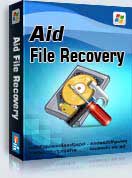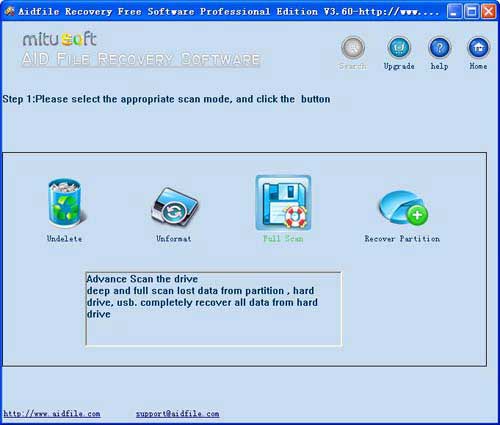Cluster allocation unit size for NTFS in Windows 11 & Windows 10 repair tool fix to do data recovery, best NTFS Partition recovery software help you recover MS word,excel, pictures, music, video files from Cluster allocation unit size for NTFS in Windows 11 & Windows 10
Use "unformat" to recover data from Cluster allocation unit size for NTFS in Windows 11 & Windows 10 laptop after quick format,full format,accidentally formatted,reformatting,High-level formatting,Low-level formatting.
Use "recover partition" to recover files from Cluster allocation unit size for NTFS in Windows 11 & Windows 10 laptop partition,lost partition,changed ,damaged partition.And if the size or position of partition is changed by format,It can not recover with "unformat"so you can use "recover partition"mode.
Use "undelete" to recover deleted files from Cluster allocation unit size for NTFS in Windows 11 & Windows 10 laptop after Virus attack,Recycle bin clear,disk cleanup,Press shift del by mistake,permanently empty recycle bin,shift delete ,accidentally deleted by a mistake.
Use "Full Scan" to recover data from Cluster allocation unit size for NTFS in Windows 11 & Windows 10 which can not be found with "undelete" and "unformat" and "recover partition",after showing an error,display as raw file system,unformatted,unknown partition,unpartitioned,needs to be formatted,or the file system is not exfat,not fat32,not ntfs.
"Cluster allocation unit size for NTFS in Windows 11 & Windows 10" ,I am using Win 10 and have partitioned my hard drive into two NTFS partitions. One is for my Windows other one is for my files and personal documents. I'd like to know how to format the partitions in terms of cluster size. I read a lot of articles which didn't actually answer my question - what are the differences between formatting with a big and small cluster size, and how does all that influence the overall performance. I should also mention that I am willing to sacrifice some bits and bytes from my partitions, if needed, as long as I could somehow increase performance. Also, I noticed that the standard Windows 7's formatting dialogue allows to format a partition only with a limited size of clusters compared to trying to format a partition using software such as Acronis Disk Director or Paragon Hard Disk Manager where I was able to format with a much greater cluster size. What to do, what to do...? You could save the small talk such as - 'small cluster size wastes less disk space but works slower, and vice versa, greater cluster size wastes more space but gives better performance'.
Aidfile Recovery Software Keyfeature
support FAT32 EXFAT NTFS and RAW file system
support Win32 (32 bits) and Win64 (64 bits)
Support Windows XP, Windows 8, Windows 8.1,Windows Vista, Windows 2003, 2008, 2012,Windows 11 & Windows 10,Windows 7 .
Desktop & laptops Ultrabook:HP Pavilion,HP Compa,Alienware Alpha,Lenovo ThinkCentre,Lenovo IdeaCentre,Dell Inspiron,Dell XPS,Sony VAIO,Acer Aspire,Asus Transformer,Dell Latitude,Samsung Ativ Book,Asus VivoBook,HP Envy,Lenovo IBM ThinkPad,Lenovo IdeaPad Yoga,Microsoft Surface,Toshiba Satellite
MS Office document (Word, Excel, PowerPoint, Outlook) types (doc, docx, ppt, pptx, xls, xlsx, pst, etc.),photos (JPG, PNG, ICON, TIF, BMP, RAF, CR2, etc.), videos and audios (MPG, MP4, MP3, MTS, M2TS, 3GP, AVI, MOV, RM, RMVB, etc.), compressed files (rar, zip, etc.), PE files (exe, dll, lib, etc.) and so on.

